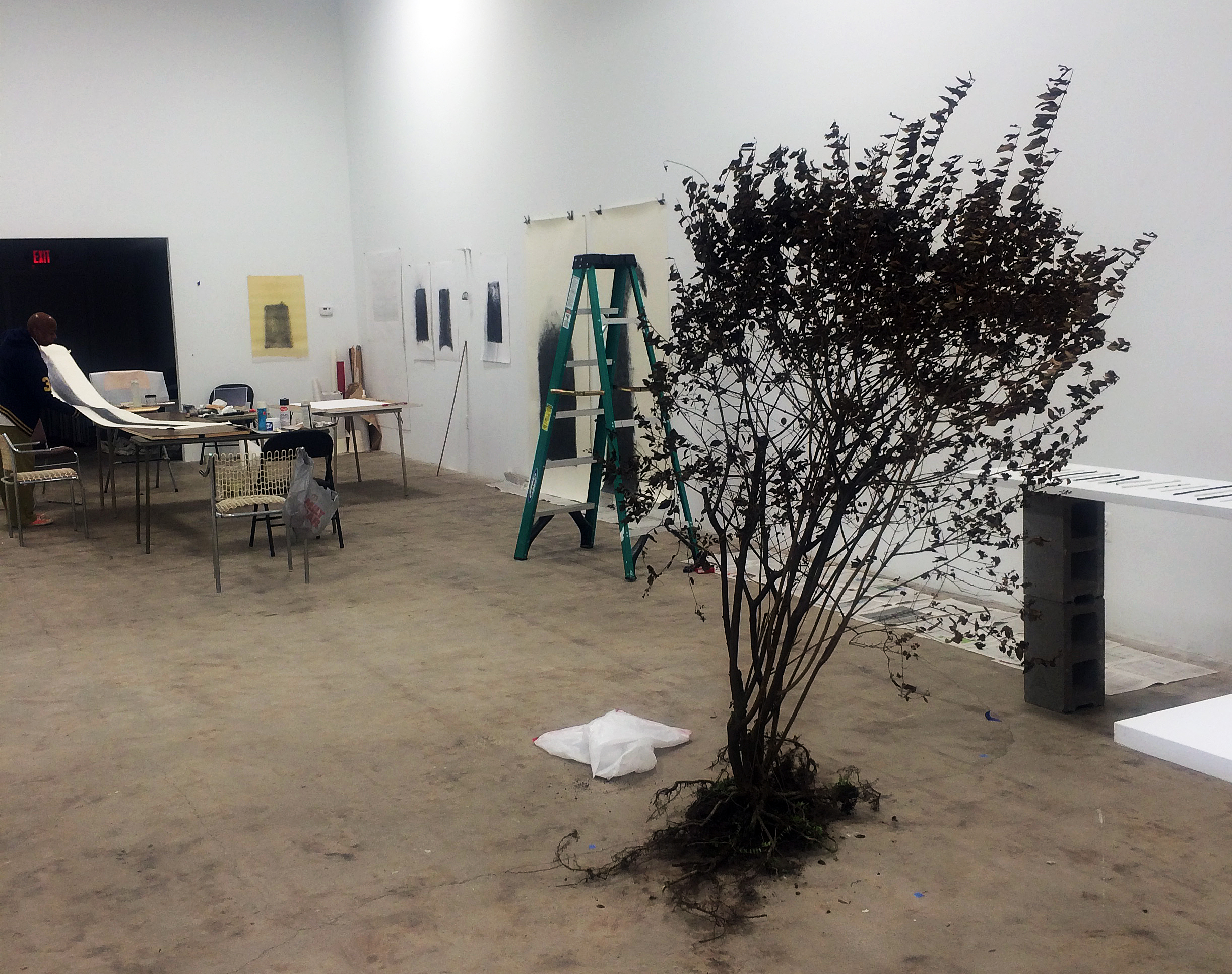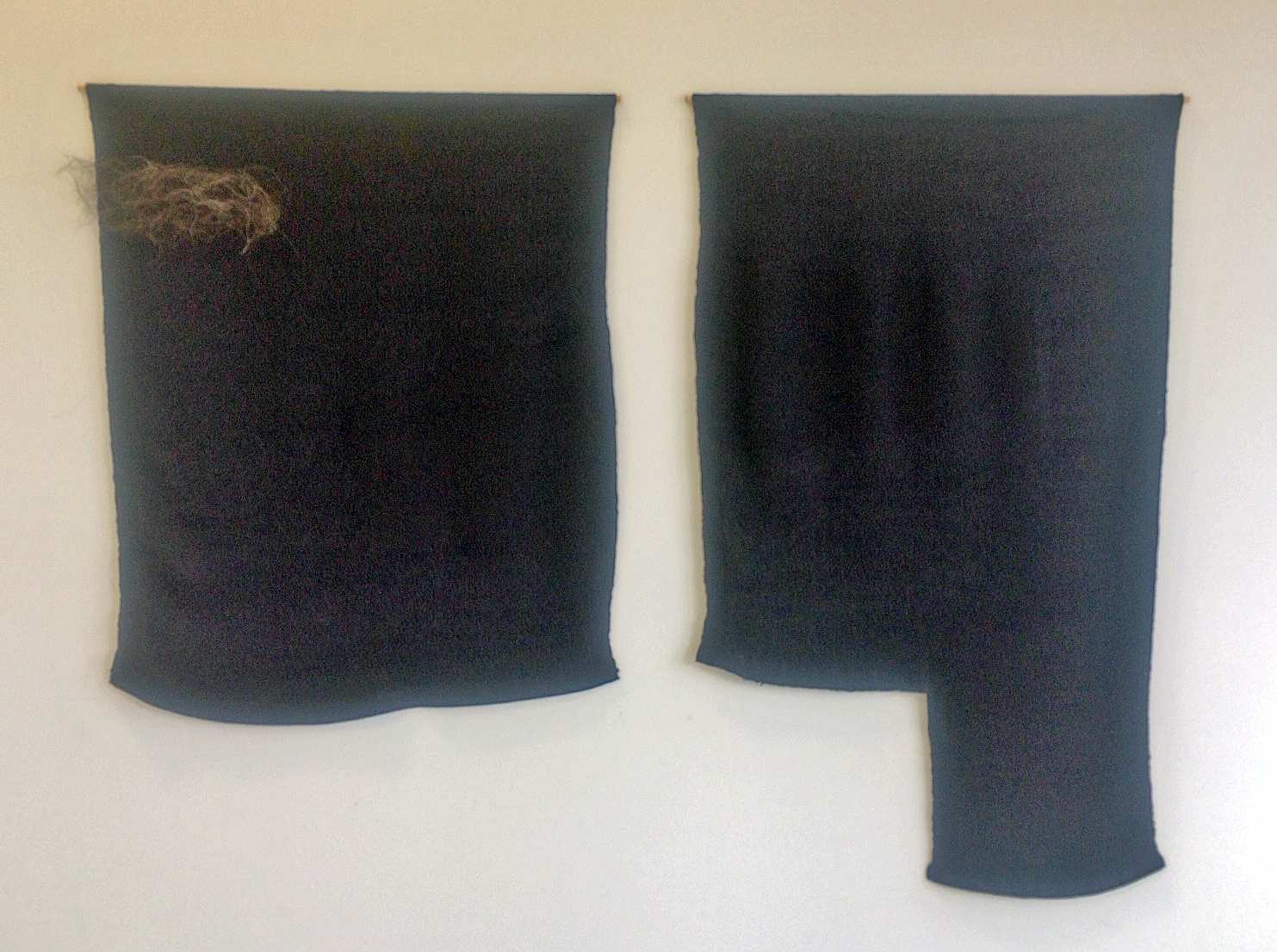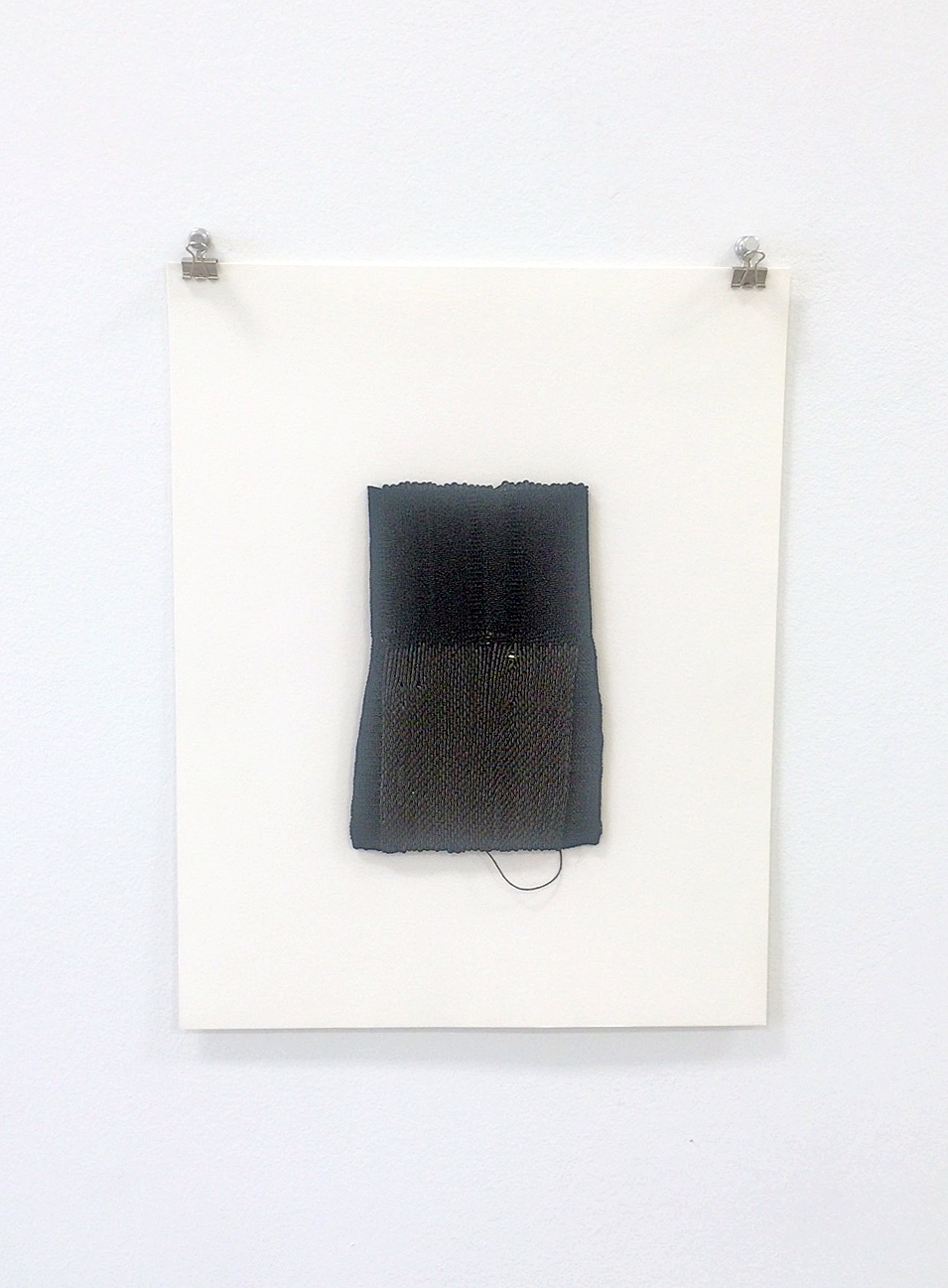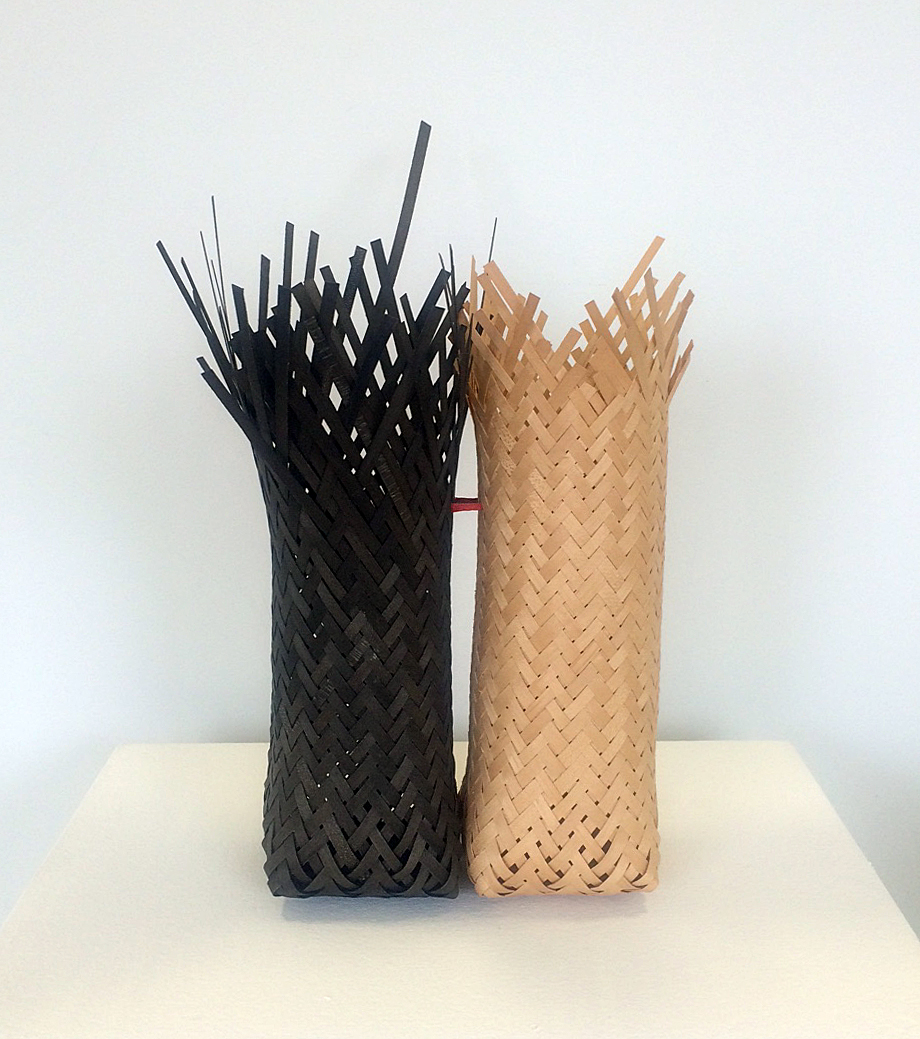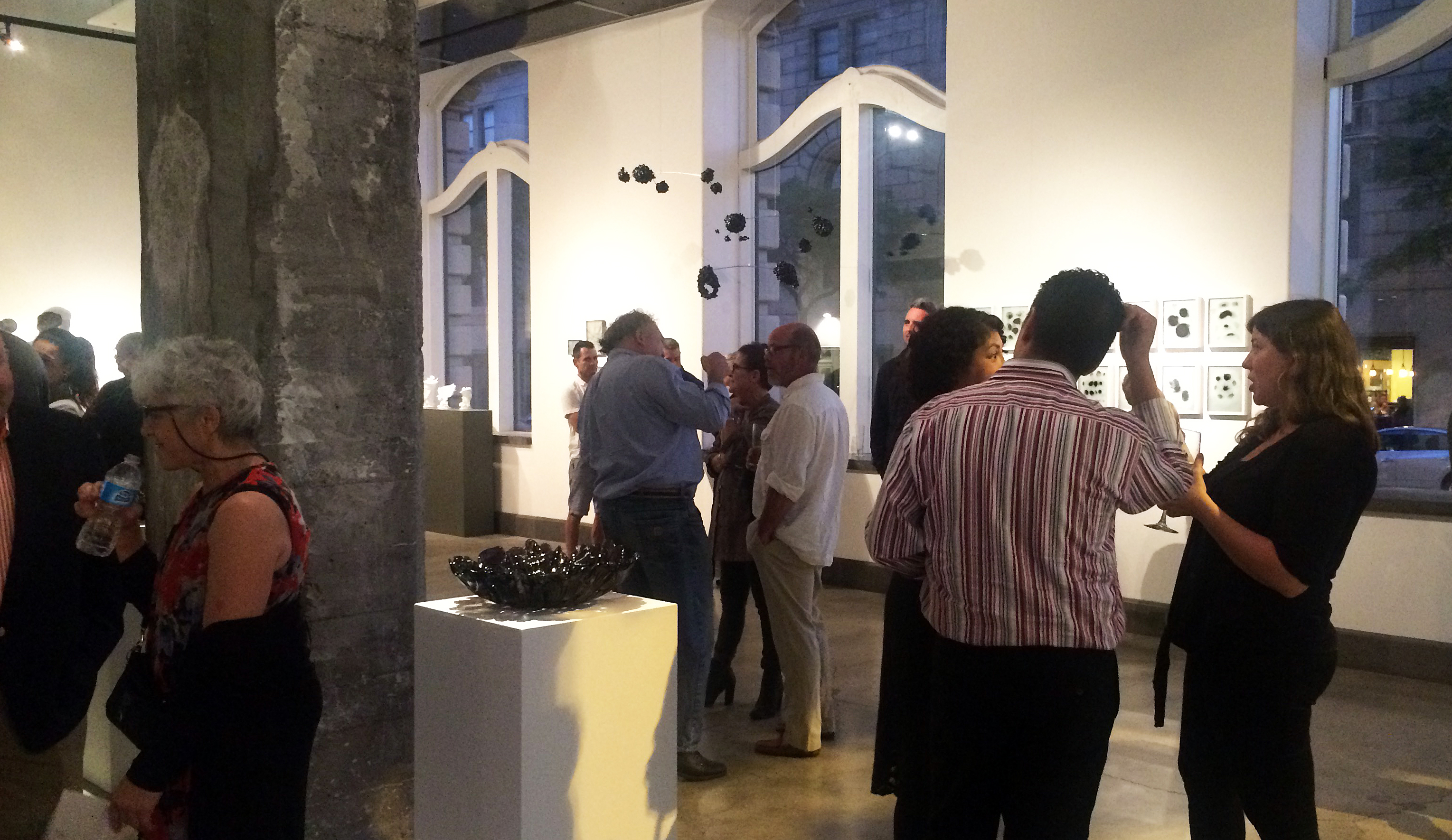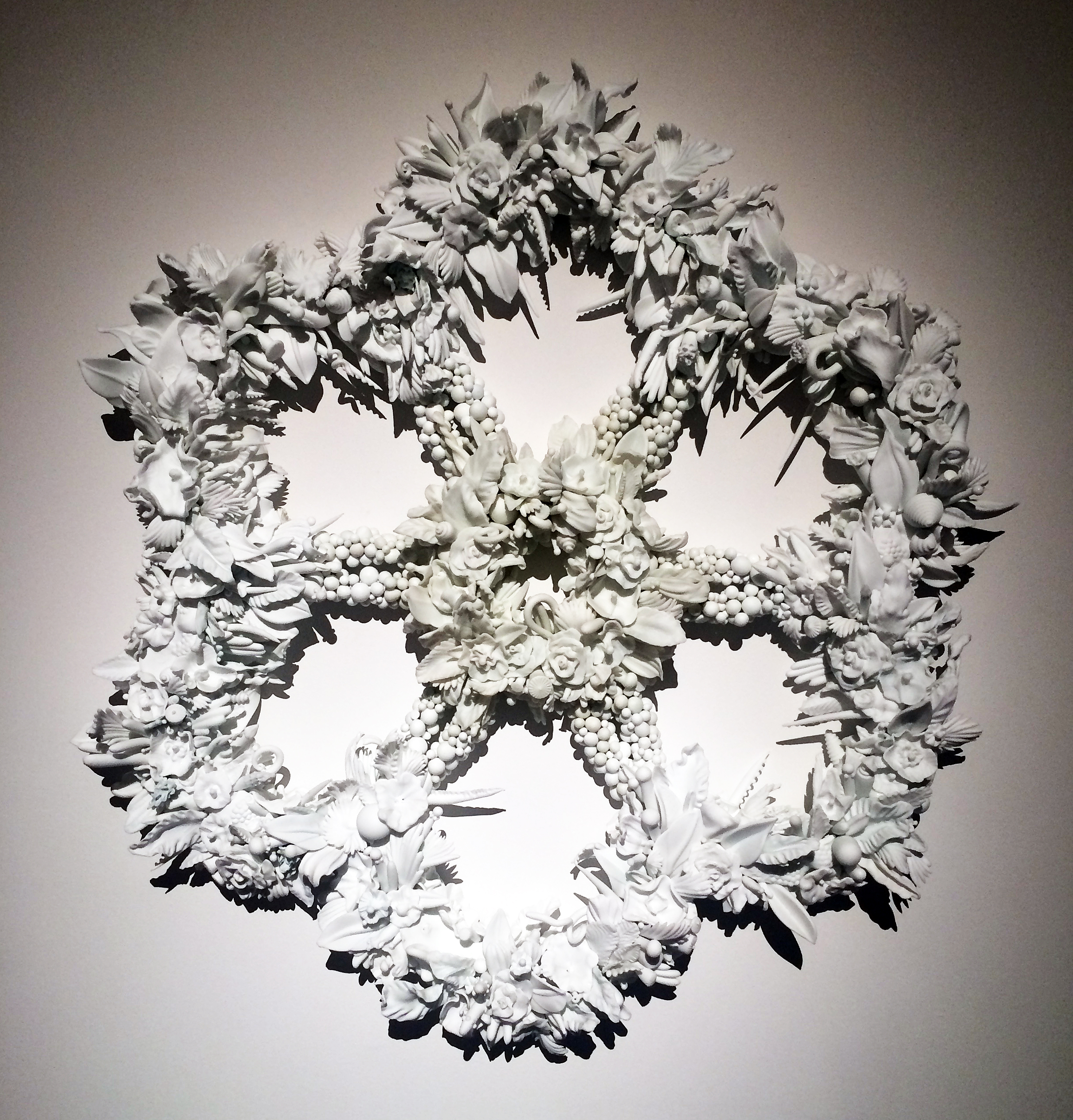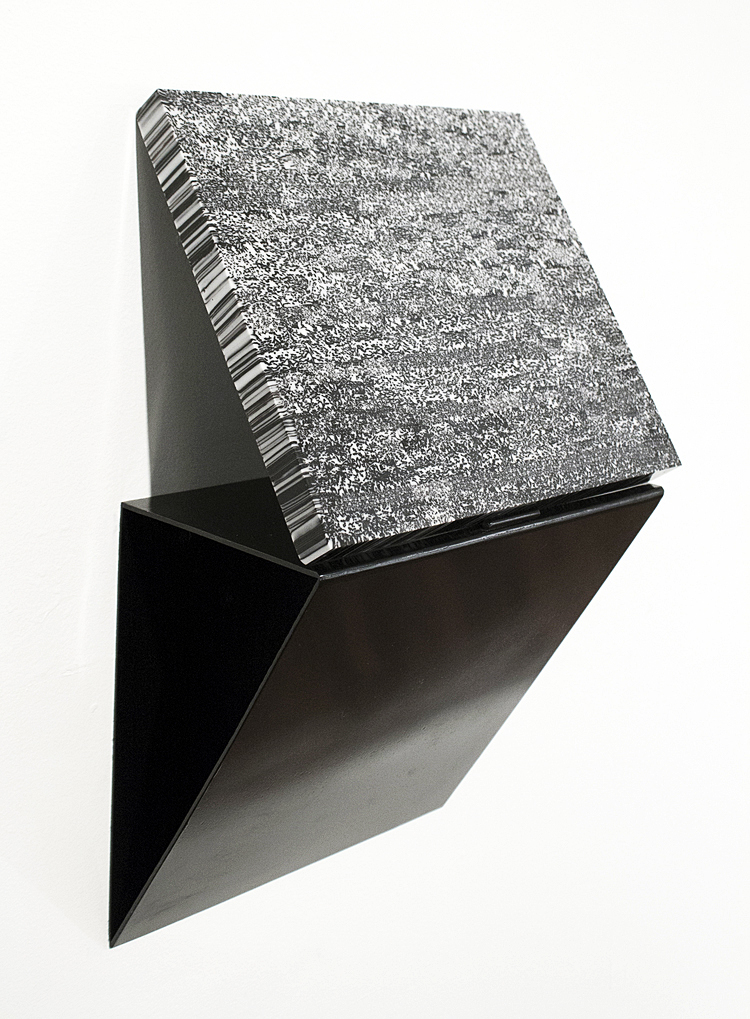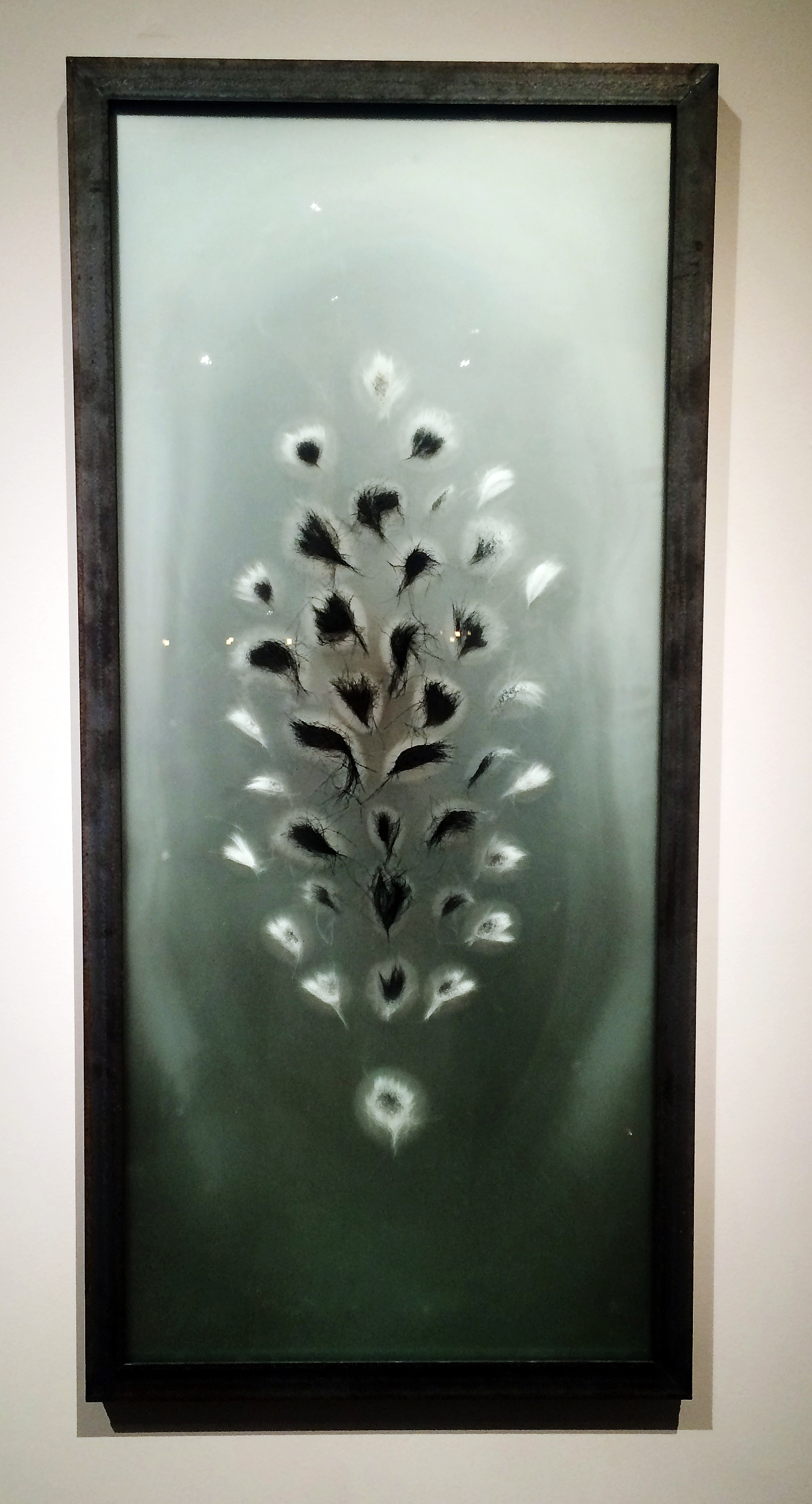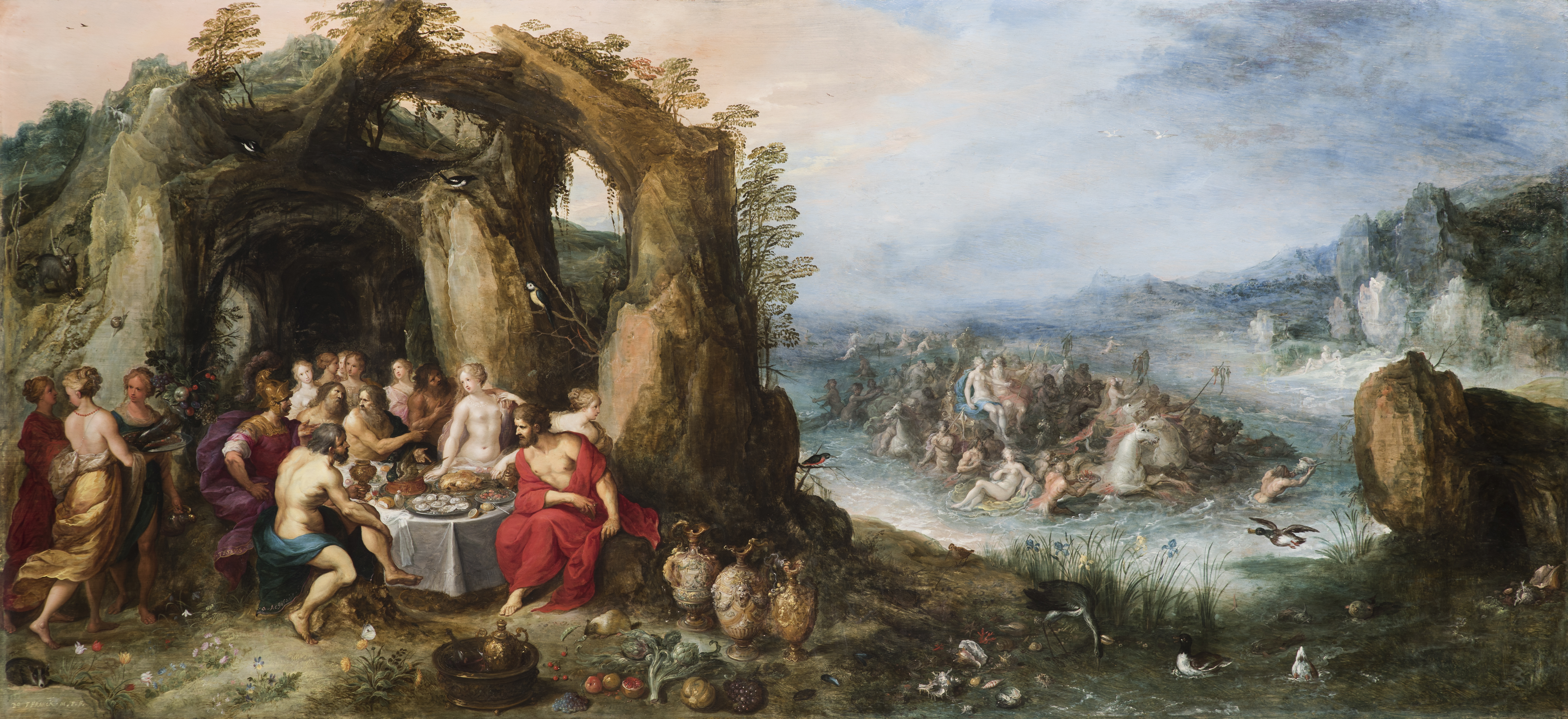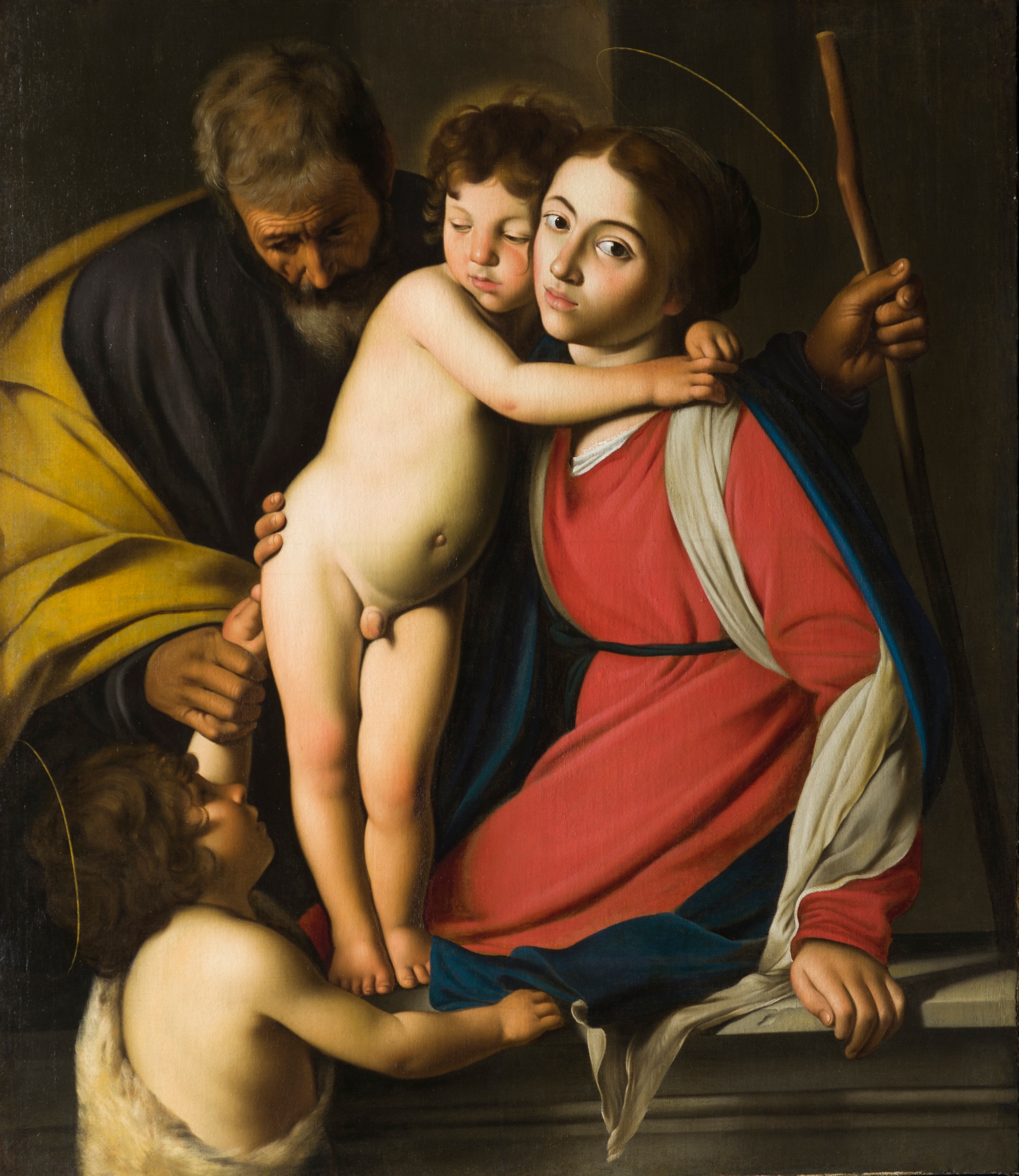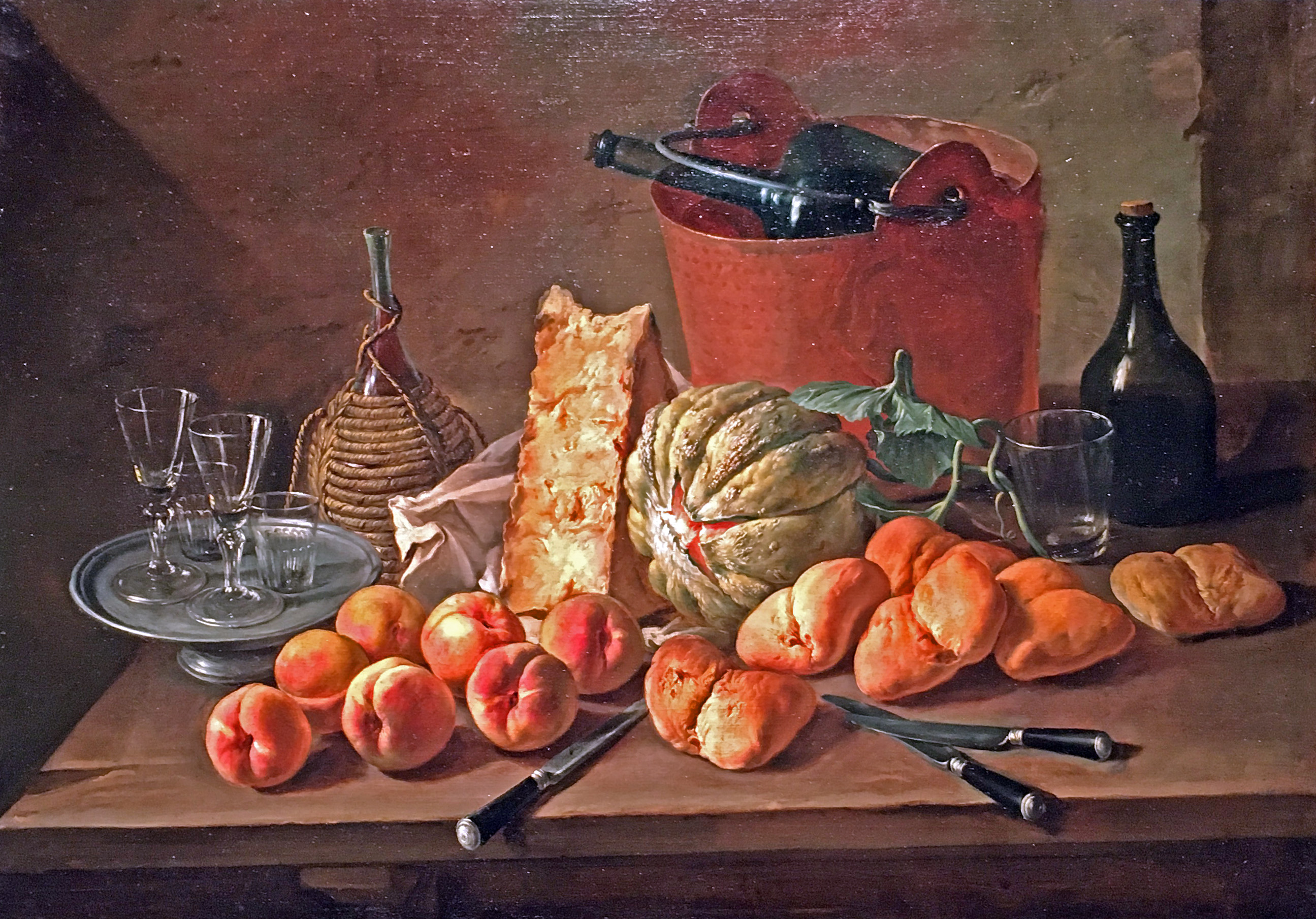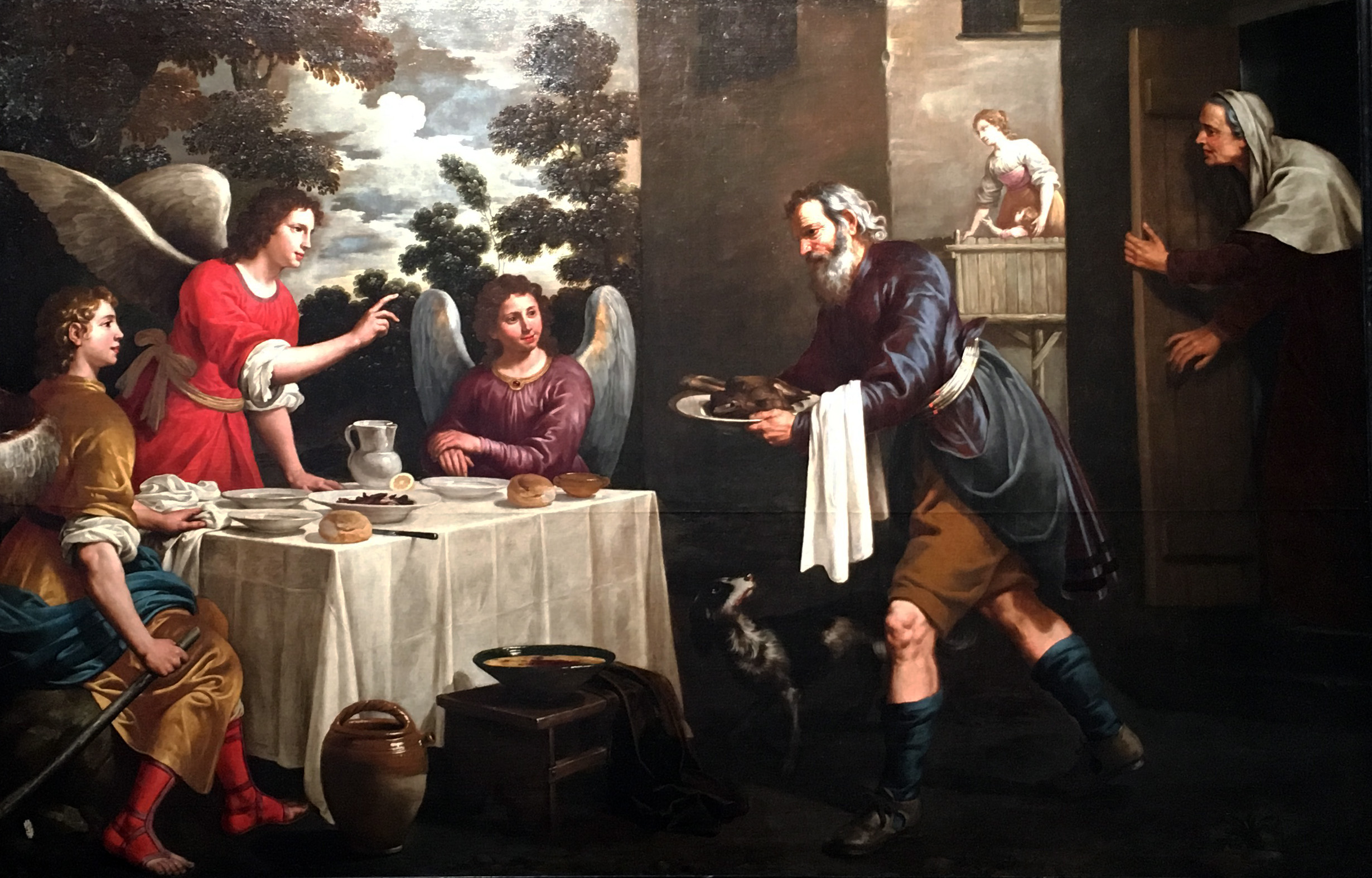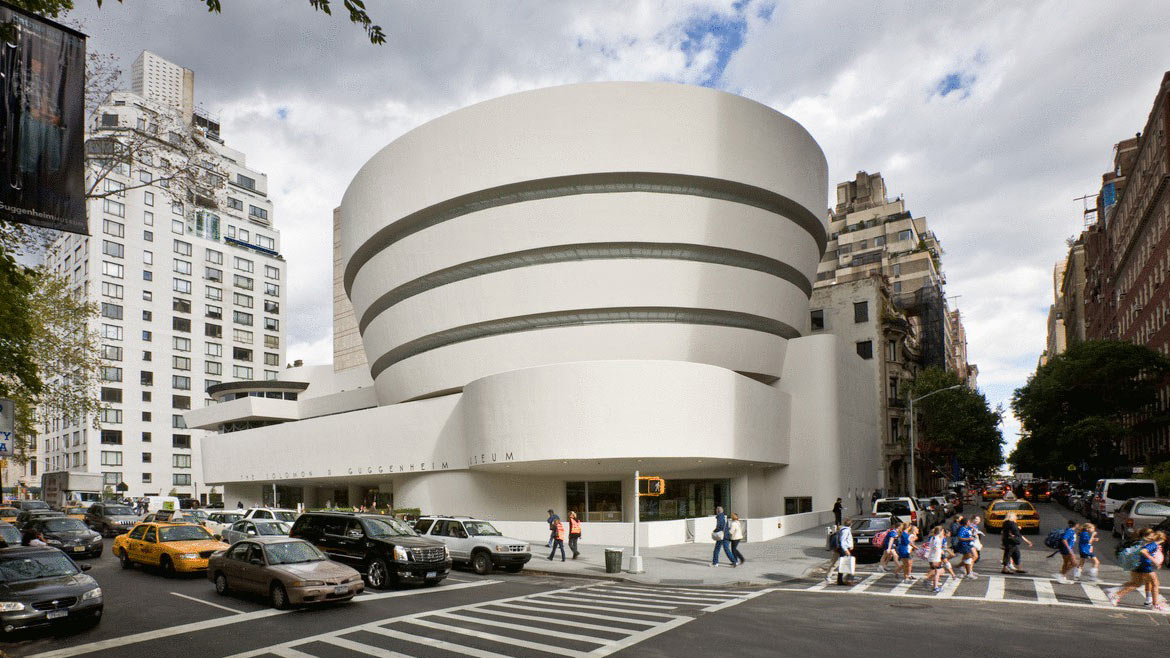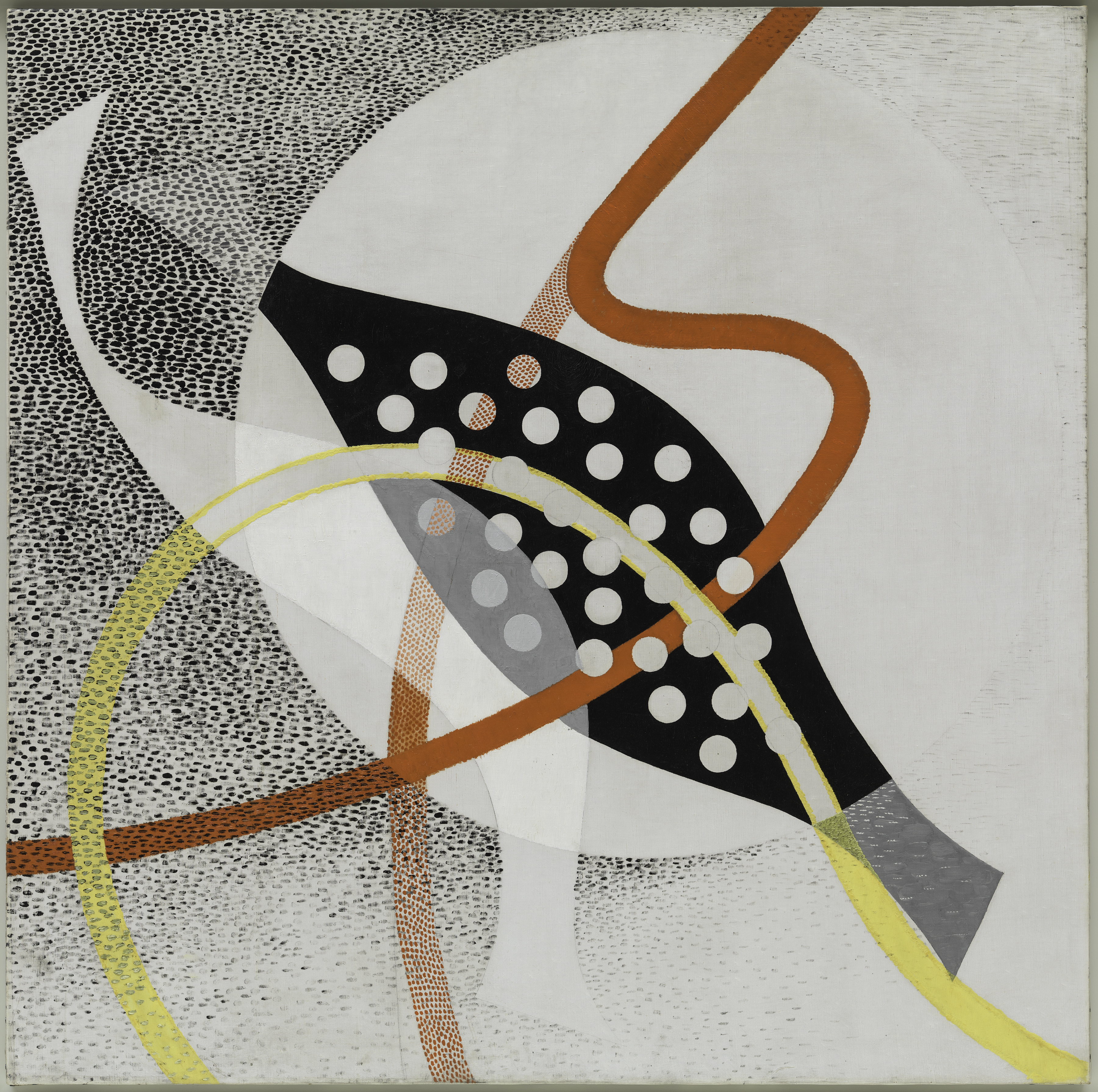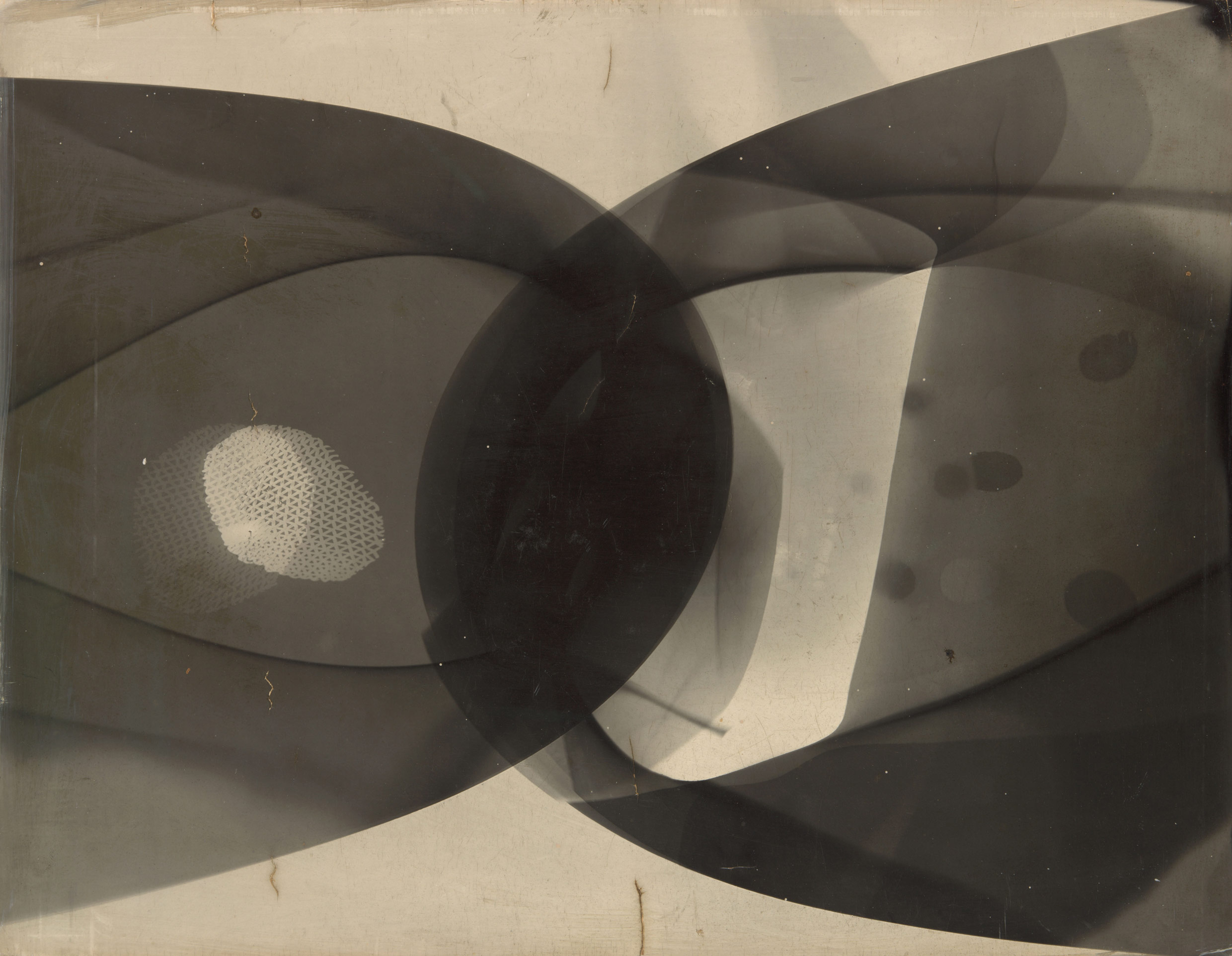A Diabolical Element – Senghor Reid’s exhibition at the National Conference of Artist Gallery
In the hallway outside of NCA Gallery, housed in a vibrant Community Center in Northwest Detroit, you encounter the first wave of Senghor Reid’s solo exhibition Diabolique. The imposing group of large-scale acrylic paintings depict shifting, shimmering surfaces of water in different weather conditions and light. Reid’s dynamic, disquieting treatment of the ever-moving element of water recalls David Hockney’s pool paintings. Both artists weave water as a substance in movements and marks that eerily echo the nature of the element itself- slashes, splotches, dense, doily-like layers of marks that begin to suggest forms even as those forms collapse and drain away before your eyes. Reid’s work evokes Hockney’s, also, in the strange, visually transmitted metaphor presented by both artist’s treatments of this element- that of the complete unknown, the otherworld that mirrors and impacts our own, that lies just beneath the surface.
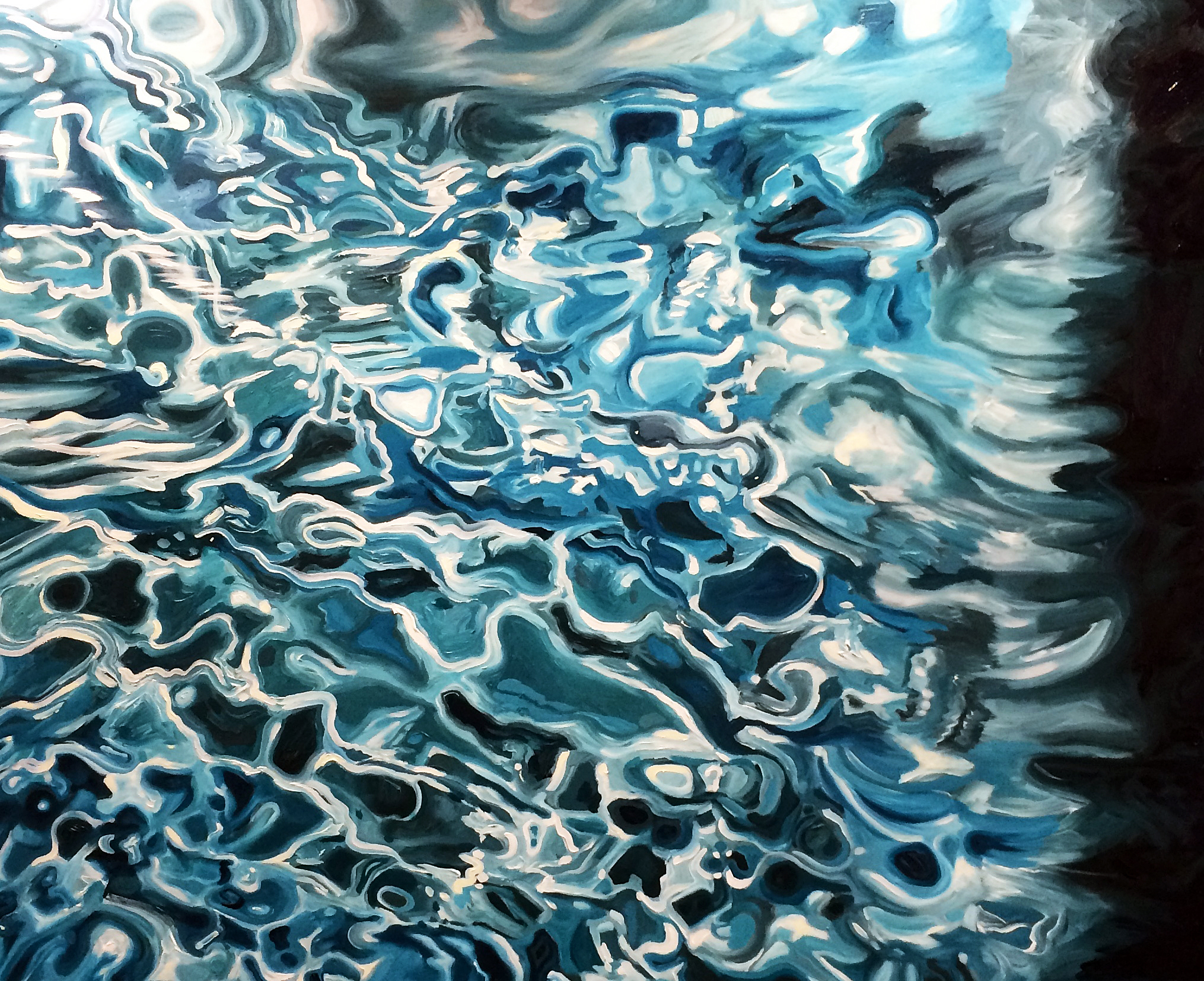
Senghor Reid, The Ice Storm 2, 48 X 60, Acrylic on Canvas, 2016
The title of Reid’s exhibition, Diabolique, references the 1955 French film Les Diaboliques, the plot of which revolves around the concealment of a corpse in a body of water. The water swallows the corpse and refuses to yield it up- it appears later, brought uncannily back to life, rising from the waters of a bathtub. The mysterious, treacherous capability of water to give both life and death, to absorb evil only to reveal it later in the most intimate settings, is examined with a plethora of materials and media, through scientific and aesthetic lenses, in Diabolique. True to the origin of its title, the exhibition features a series of self-portraits of the artist washed up on a vaguely tropical shore, an uncanny, amphibious humanoid, his face concealed behind swimming goggles and a gas mask that suggests both survival in a toxic environment and gills. The figure of the artist appears both resurrected and consigned to dwell forever in conditions his body was not designed for.
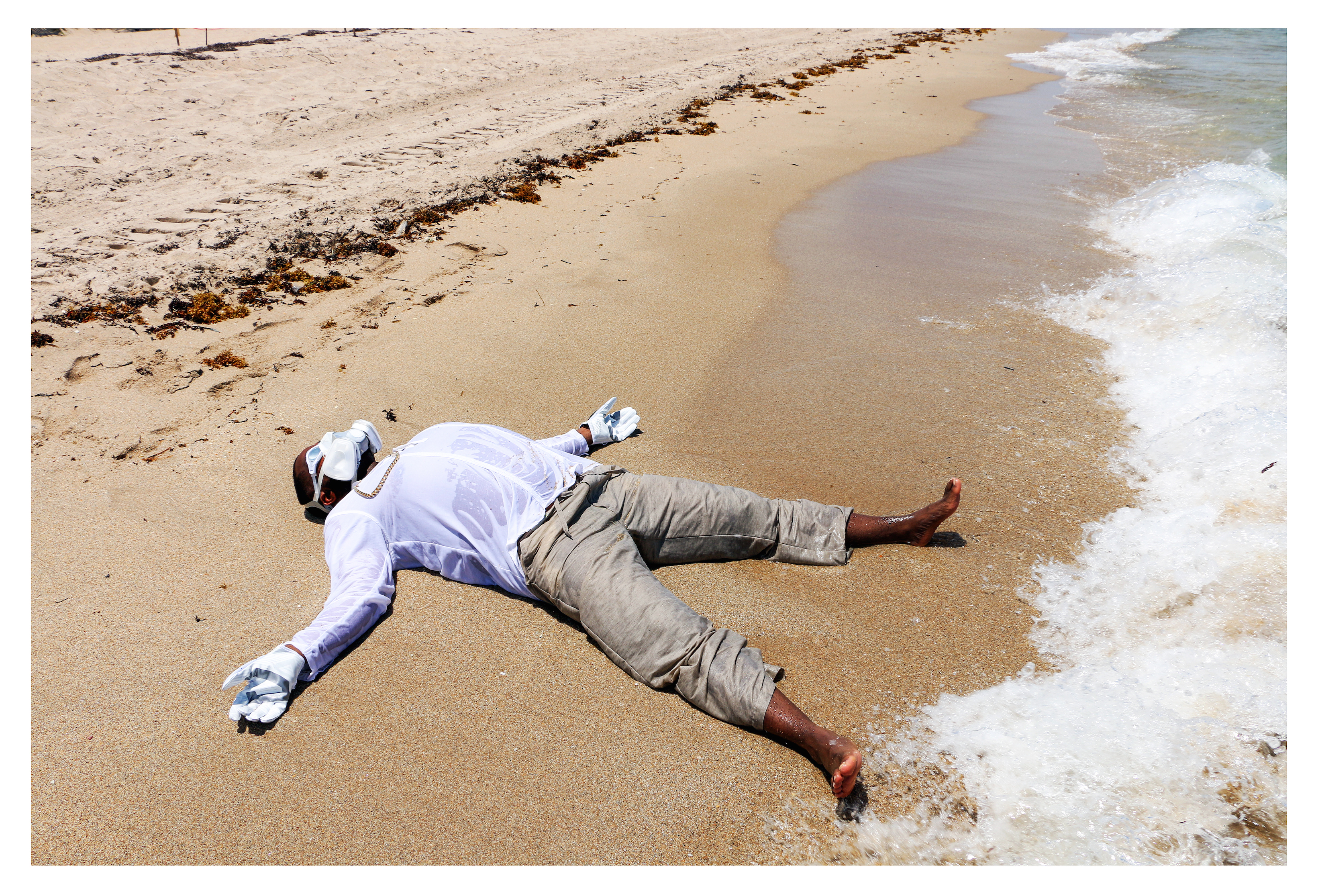
Senghor Reid, Freshwater Assassins, 12 X 18″, Digital Print, 2016
This could be seen as the fate of humanity at the dawn of the Twenty-first Century- our surroundings are now rife with invisible, and not so invisible, contaminants that have resulted from our misuse of the natural world. Reid uses the element of water as the aesthetic touchstone of his exploration of those harmful elements, and their insidious presence in our daily lives. The most sinister elements on the periodic table- mercury, cobalt, lead- are carried into our communities and bodies through the vehicle of water. These same elements, like water, are aesthetically beautiful- possessed of a seductive, ever-shifting sheen. That paradox of beauty, vitality, nature and toxicity is presented in every one of Reid’s works, the large-scale water paintings, the smaller water studies executed in oil pastel and paint marker, the sensuous prints on gold and copper paper, the installation of crystalline vintage bottles labeled with the acids and heavy metals they once held.

Senhor Reid, The Element of Crime Shelves & Apothecary Bottles, 24 X 30, 2016
The shimmer, and Reid’s capture of it in almost every medium imaginable, wreathes an elegant, fragile dialog between art, science and nature in Diabolique. It is the surface of water, which has become so loaded (the Flint water crisis and Detroit’s ongoing scandal of water shut-offs are only two examples of the element’s presence in crises of health, politics, race, and class) with essential and unanswered cultural urgencies. It is the glint of heavy metals, and the faceted surface of glass, containers and transmitters for elements that delight our eyes and leave putrid, invisible traces. It is deep, lurid, sensuous hues that sing of our love of nature as they paradoxically poison our environment. The shimmer conceals the corpse that will, inevitably, rise up from the murky inheritance of our chemical-spewing forbears. The rest of us may not be so lucky- yet, Diabolique seems to suggest, where there’s beauty, there’s hope.

Senghor Reid, Breaking Waves 4, Paint Marker, 11 X 14″ 2016
Diabolique, by Senghor Reid, at NCA Gallery through October 21, 2016.

